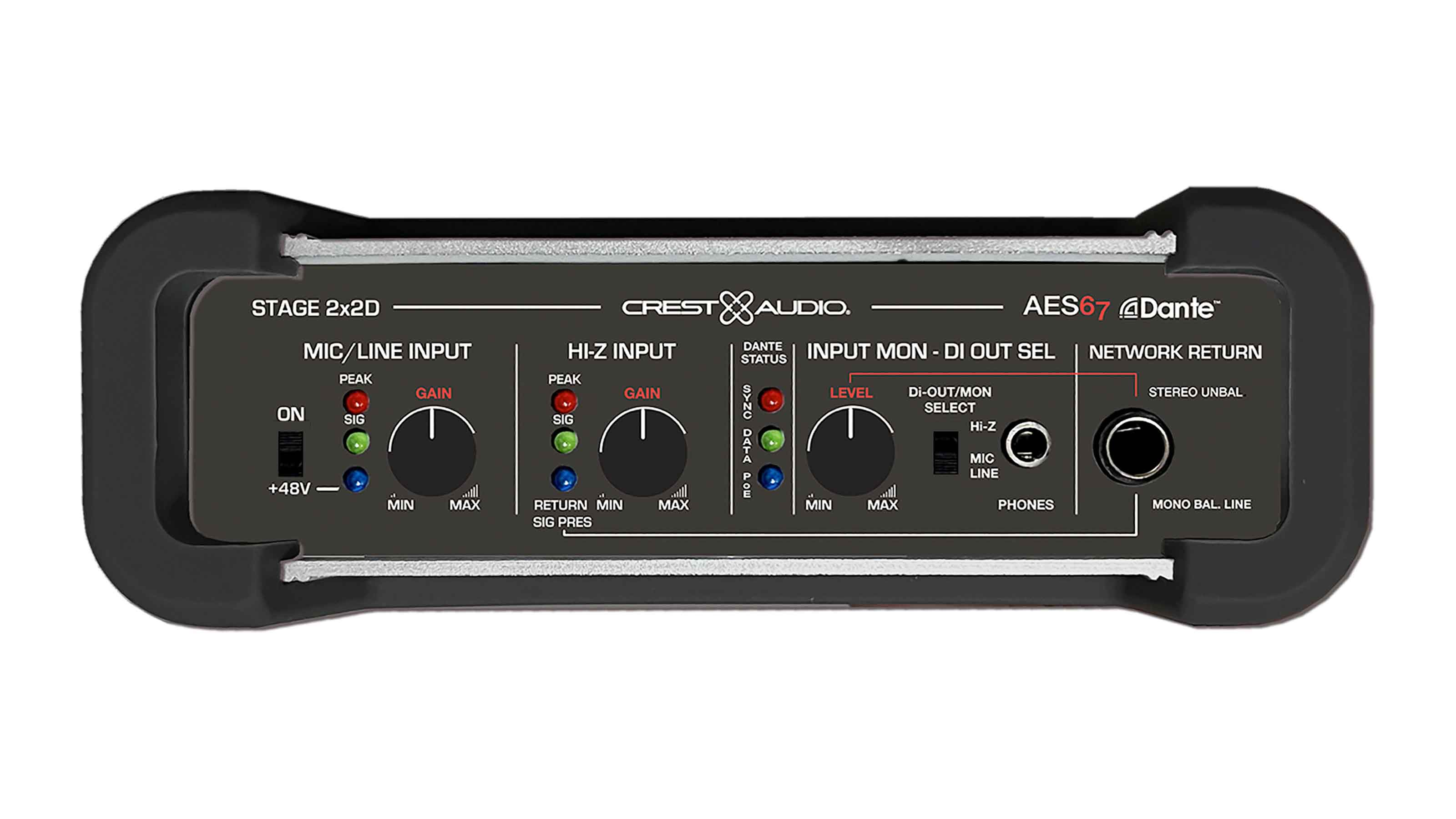Let There Be (Natural) Light
If you came of age in the AV industry during the 1970s, '80s or '90s, you knew for certain there was one sworn enemy of all AV systems: the sun. As an industry we did all we could to control ambient light on our projected images in the hopes of obtaining sufficient contrast from our lumen-challenged projectors. And the easiest thing to do was recommend to the architect that all classrooms and conference rooms be windowless. If this was not architecturally feasible, we requested blackout shades we could lower automatically any time AV was being used (which in today's college classrooms is nearly all the time.) Thus, we set about putting students and conferees into sunlight-starved caves for days, weeks, years on end where they could be properly induced into a zombie-like state.
Then came the new millennium, when research on the benefits of daylighting and exterior views finally began to hit public consciousness. The seminal study on the relationship between daylighting and human performance conducted by the Heschong Mahone Group ("Daylighting in Schools," August 20, 1999) found that, after controlling for all other variables, students in classrooms with abundant natural light progressed 15 percent to 20 percent faster in math and 23 percent to 26 percent faster in reading than their peers with little or no natural light in their classrooms. Additional studies have shown workers express more satisfaction with their office environment and patients heal more quickly with exposure to natural daylight in offices and hospitals, respectively.
The USGBC recognized these trends and established LEED points based on what percentage of occupants had daylight views. For instance, the newly adopted LEED for Schools rating system awards one point if 75 percent of classrooms have daylight views and two points if 95 percent of classrooms incorporate daylight views. It looks as though windows in classrooms are here to stay, and I, for one, believe this a very good thing.
However, we still have to manage and control ambient light on our projected images, so what are we as AV professionals to do? Fortunately, we have a few more tools in our arsenal than we did in the past. Projector brightness has increased dramatically in the past decade, allowing us to tolerate more ambient light on our screens. However, the realities of project budgets and projector size and noise may prohibit us from simply overpowering every classroom with high-lumen, high-power-consumption projectors.
My solution: Much like we've been zoning lighting systems for many years, we now need to zone the sun or, more accurately, zone window shades from front to back much like we've trained architects and engineers to do with our electric lighting systems. The image presented here shows how we might approach a prototypical classroom shade design by avoiding direct sun on the screen wall while promoting diffuse natural light in the back of the room.
To be successful in inviting the sun into our classrooms, we'll have to educate ourselves on daylight harvesting, heat gain management, and solar studies to continue deploying AV solutions that work, while allowing the people who inhabit our AV spaces to remain connected to the outside world.
People often say to me, "Sure, it's a feel-good thing to be 'green', but AV doesn't really have much to offer positively in terms of being green. We need watts to power our equipment." Well, that's true. However, according to the U.S. Department of Energy, lighting accounts for 22 percent of all electricity consumed in the U.S. For a commercial building, lighting may represent between 35 percent and 45 percent of the total building electricity consumption. Additionally, for every three watts of lighting, approximately one watt of cooling is required. If we can engineer AV spaces to use the abundant (and free) light of the sun and minimize the power consumption of our artificial light systems, we may be able to completely offset the power consumption of the AV electronics.
A daily selection of the top stories for AV integrators, resellers and consultants. Sign up below.
In the immortal words of Ed Harris as The Truman Show's program creator, Christof, "Cue the sun!"
